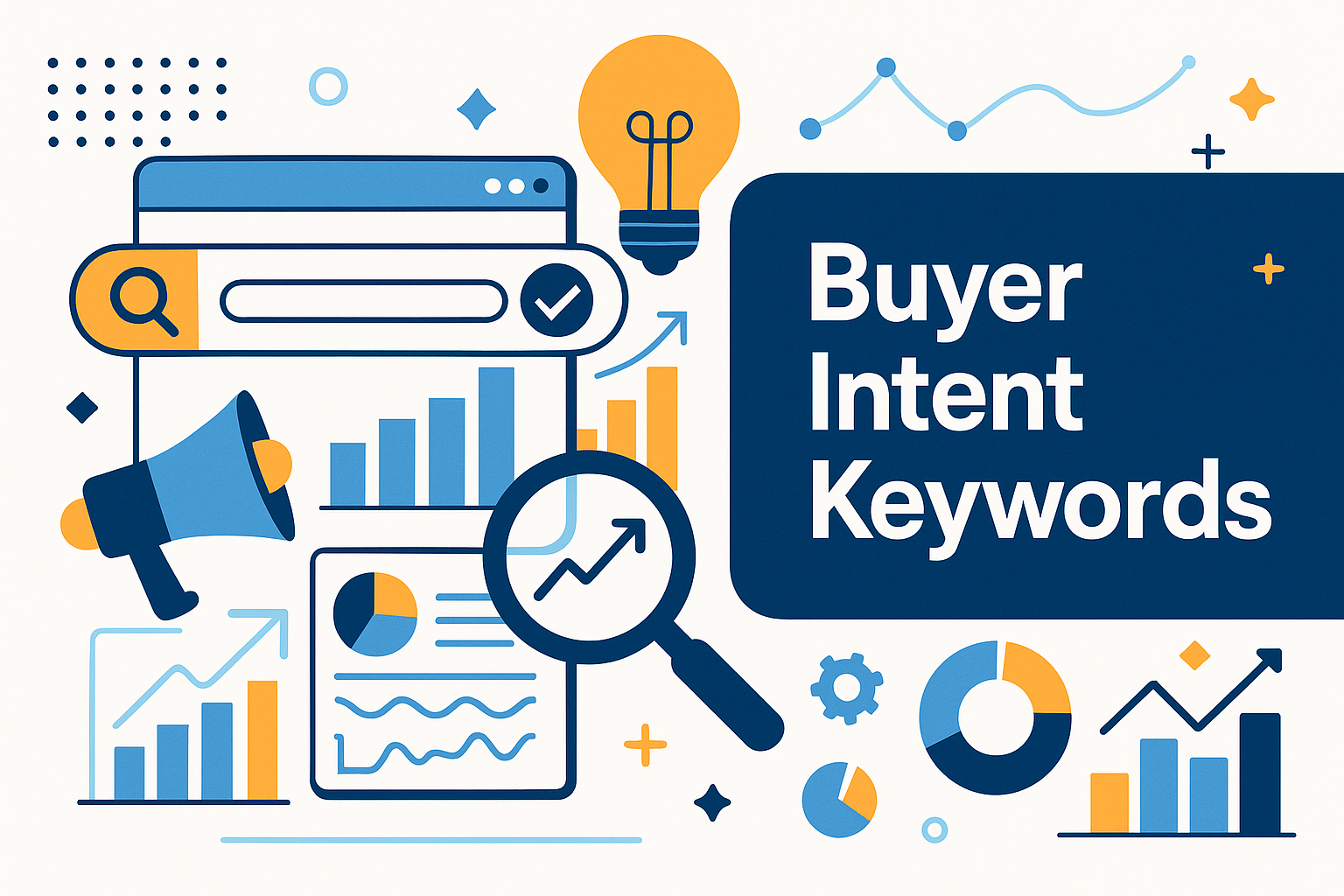The Ultimate Guide to Using Buyer Intent Keywords Effectively
Key Takeaways
- Buyer intent keywords help identify users who are ready to make a purchase, allowing marketers to target the right audience at the right stage of the buying process.
- The short answer is that using very specific buyer intent keywords gives you a great deal of targeting power. This strategy improves conversion rates and the overall efficiency of marketing efforts!
- Mapping buyer intent keywords to each stage of the customer journey supercharges your content strategy. It serves their information search needs while gently leading them down the path to a purchase decision!
- Don’t sleep on top-converting buyer intent keywords! Then, work to strategically include them in your website copy, targeted landing pages, and ad text to drive more effective sales outcomes.
- Utilizing advanced tools, competitor keyword analysis, and customer feedback can help you unearth valuable, less obvious keywords that will drive more qualified traffic.
- Check in on keyword performance often. Monitor the changing trends of buyers so you can adjust your approach and stay ahead of the competition!
Buyer intent keywords refer to search terms that indicate someone is near a purchase decision. Consumers use these keywords when they are ready to purchase, compare, or learn more detailed information about a product or service.
Terms such as “buy,” “cheapest,” “best price,” “deal,” or “where to purchase” are clear indicators of high buyer intent. Agencies and teams from across the U.S. utilize these buyer intent keywords to monitor and connect with buyers at just the right moment.
Understanding these buyer intent keywords increases the effectiveness of ad spend, informs campaign strategies, and brings in legitimate leads looking to purchase.
In this guide, you will discover how to identify the best buyer intent keywords to target. These keywords will ensure you’re meeting shoppers in the moments that matter, and set you up for a high success rate.
What Are Buyer Intent Keywords?
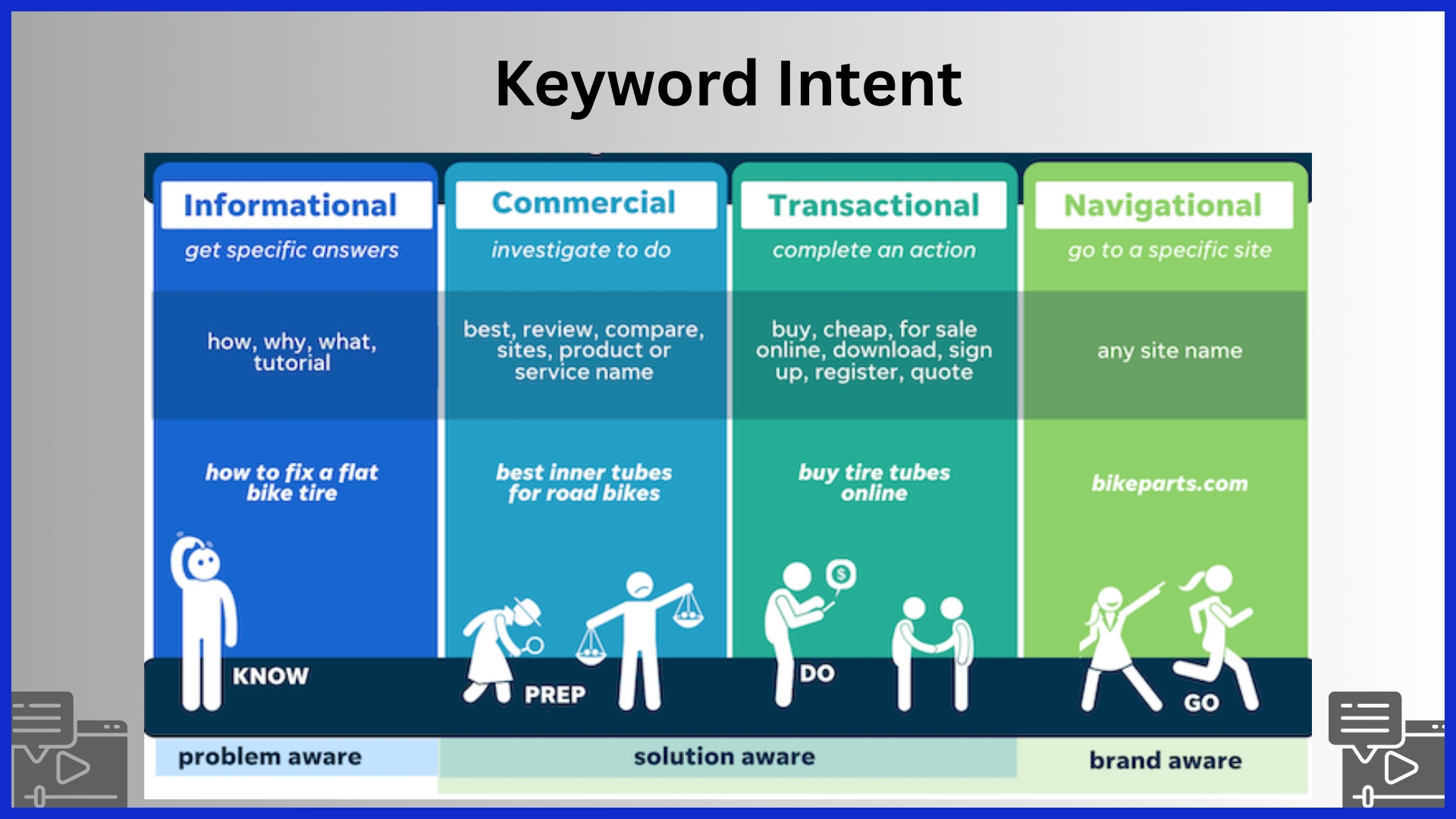
Buyer intent keywords are essentially the search terms that indicate what someone is trying to accomplish with their search. These are the words that indicate to marketers if a user is in the research stage or if they’re ready to make a purchase.
When someone enters a query like “buy audiobooks,” it’s obvious that person is looking to buy. The same applies to “discount on running shoes” – this person has the intent to buy. These keywords are important, folks! They allow brands to identify consumers who are deeper in the purchase funnel and therefore more likely to convert.
1. Buyer Intent: The Simple Definition
Buyer intent is simply the reason someone searches for something. In digital marketing, understanding this simple concept allows teams to create more effective, buyer-oriented campaigns.
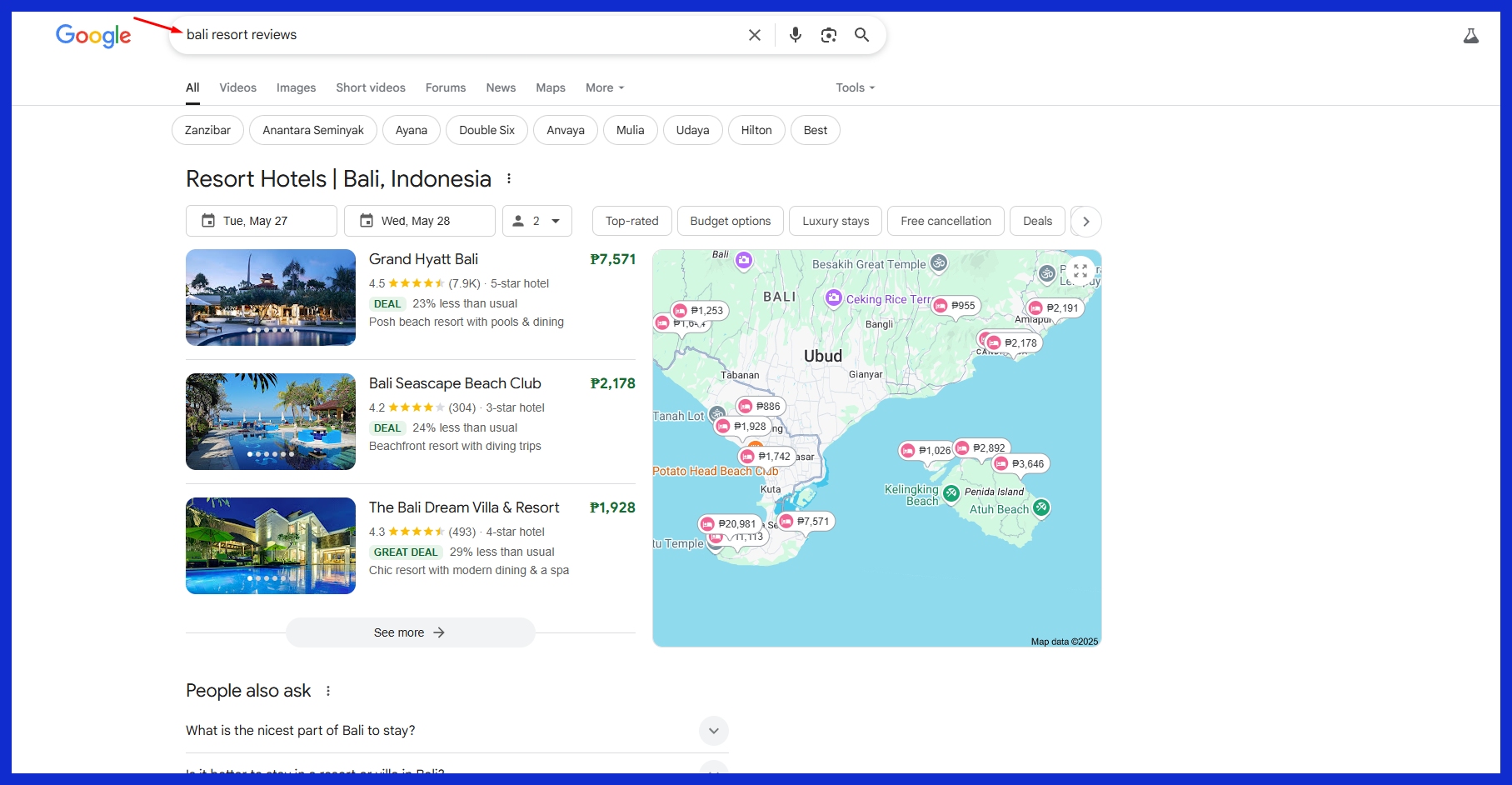
Buyer intent keywords are keywords that align with what users are actually doing. For example, if a user searches “Bali resort reviews,” they are likely comparing choices and nearing a decision to book.
When brands know their customers’ intent, they can reach them at exactly the right time, with relevant information and solutions that drive deeper engagement and increased sales.
2. Language of Ready Buyers
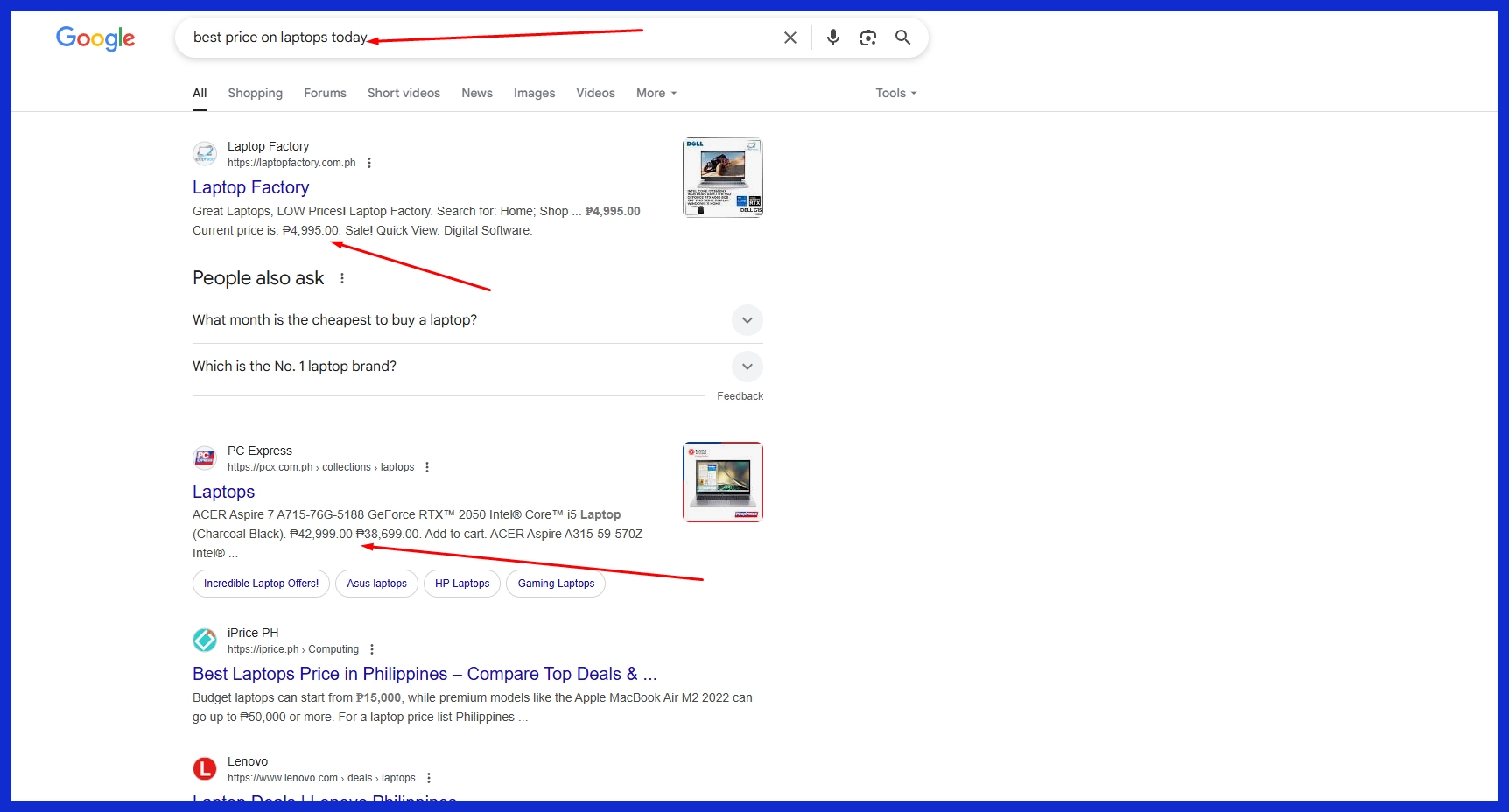
Terms such as “purchase today,” “sale,” or “where to purchase” indicate someone is almost ready to act. Writing this kind of language in your content will help instill urgency or confidence.
For instance, “best price on laptops” or “one day sale” appeals to the buyer’s sense of time urgency. Crafting content using straightforward, conversational language ensures you grab those buyers in the final stage and beyond.
3. Intent vs. Broad Searches
For example, intent keywords such as “coupon for streaming service” vary greatly from wider keywords such as “streaming.” Just because someone is searching broadly doesn’t mean that they are ready to make a purchase.
Prioritizing intent keywords is an effective way for marketers to target users who are ready to make a tangible move, rather than simply looking around.
4. Keywords Map Customer Journey

Mapping keywords to each stage of the buying process—awareness, consideration, and decision—enables brands to understand what consumers are looking for at each stage.
For example, “best electric cars” indicates that the searcher is at the consideration stage. This strategy informs content creation and helps the customer in their decision-making process.
5. Spotting High-Conversion Terms
High-conversion keywords are specific, sometimes long-tail, phrases that indicate buyer intent — for example, “purchase winter boots on the web”.
Marketers can leverage keyword tools to identify the terms that lead to sales, and then target those keywords in future content.
Why Buyer Keywords Matter Most

Buyer intent keywords are integral to the digital marketing field as a whole. Particularly for agencies and SaaS teams, these bottom-of-the-funnel keywords, such as “buy now,” “best deal,” or “discount,” indicate that a searcher is prepared to convert.
Focusing on these terms helps you draw in folks who already know what they want, which leads to more sales with less wasted effort. This strategy will not only extend what you’re able to accomplish with your marketing budget, but it’ll also future-proof your strategy.
Attract Eager-to-Buy Leads
By optimizing for buyer intent keywords, you’re talking to the most ready-to-buy shoppers. Someone searching for “best running shoes for flat feet buy online” has a very strong buyer’s intent. That means they are deep in the sales funnel.
Blog posts, product pages, or reviews that target these keywords can help you attract their attention. Brands in the U.S. typically get better conversion rates with this strategy. A campaign focused on “cheap CRM software for small businesses” will usually produce a higher volume of signups.
A generic “CRM software” ad is much less effective.
Stretch Your Marketing Dollars
Sure, high-intent keywords have a higher cost-per-click, but the return on investment is significantly better. Rather than taking a shotgun approach, you’re reaching the visitors who are most likely to convert.
That translates into more efficient use of your marketing dollars and less burnout on traffic that fails to convert. Long-tail keywords such as “best AI reporting tool for agencies” are less expensive, and they attract leads further down the funnel and nearer to making a purchase.
Tracking PPC metrics—such as cost per conversion—proves these campaigns are worth the investment.
Outmaneuver Your Competition
Identifying the gaps in what your competitors are targeting can provide you with a winning advantage. By keeping an eye on their keyword strategy and choosing more niche, but still relevant, higher-intent phrases, you can set yourself apart.
For instance, a SaaS brand targeting “affordable marketing dashboards for agencies” can outmaneuver the behemoths looking to rank for more general terms. This unique approach usually results in better visibility and more qualified, targeted leads.
Truly Understand Customer Needs
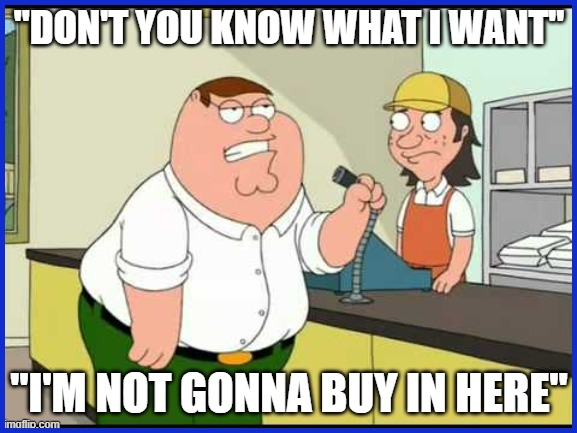
Your buyer keywords don’t just tell you what customers are looking for, they tell you why. Digging into keyword data helps you identify trends and pain points, such as customers looking for “easy-to-use SEO reporting tool.
This allows you to create content and products that truly meet customer needs. Aligning your messaging with these searches increases trust and relevance with your target audience.
Decoding Buyer Keyword Types
Buyer intent keywords come in four main types: informational, navigational, commercial intent keywords, and transactional. Each type is relevant to a different stage in the buyer journey. Understanding these specific intent categories allows marketers to better align content with what potential customers are searching for, enhancing their marketing strategy and creating more targeted and valuable SEO strategies.
Informational: “I Need Answers”

Informational keywords are the first stage of the buying journey. Customers don’t use them to find answers or to gain knowledge on a subject, or to immediately purchase the product.
Examples include “how is solar energy produced,” “what’s the best running shoe,” or “remote work tips.” These searches indicate that the user is looking to learn, not purchase.
By creating content that targets these keywords, brands can establish trust and authority with their audience. Blog posts, guides, and how-to videos that answer these questions can draw in curious users and start building a relationship early.
Navigational: “Find This Brand”
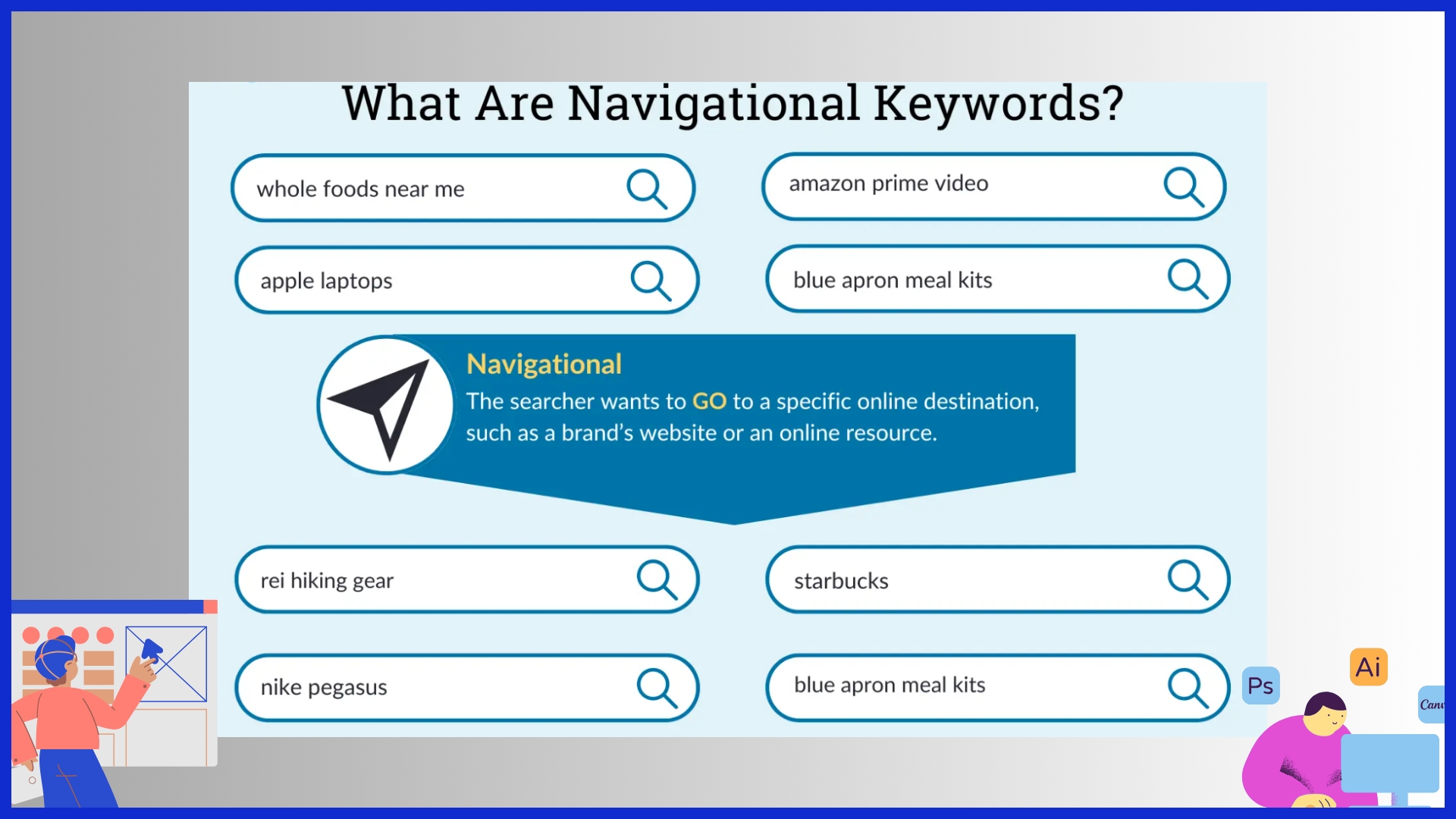
Navigational keywords directly assist users in reaching a specific website or brand. Users who are aware of what they are looking for enter branded queries with qualifiers, such as “KPI.me login” or “Nike store Los Angeles.
These types of searches necessarily indicate that the brand has already achieved a level of awareness. From an SEO perspective, ranking well for these types of terms helps ensure your business remains highly discoverable.
Strategic use of brand names, navigational keyword usage, and local identifiers can go a long way in increasing brand visibility.
Commercial: “Which Product Is Best?”
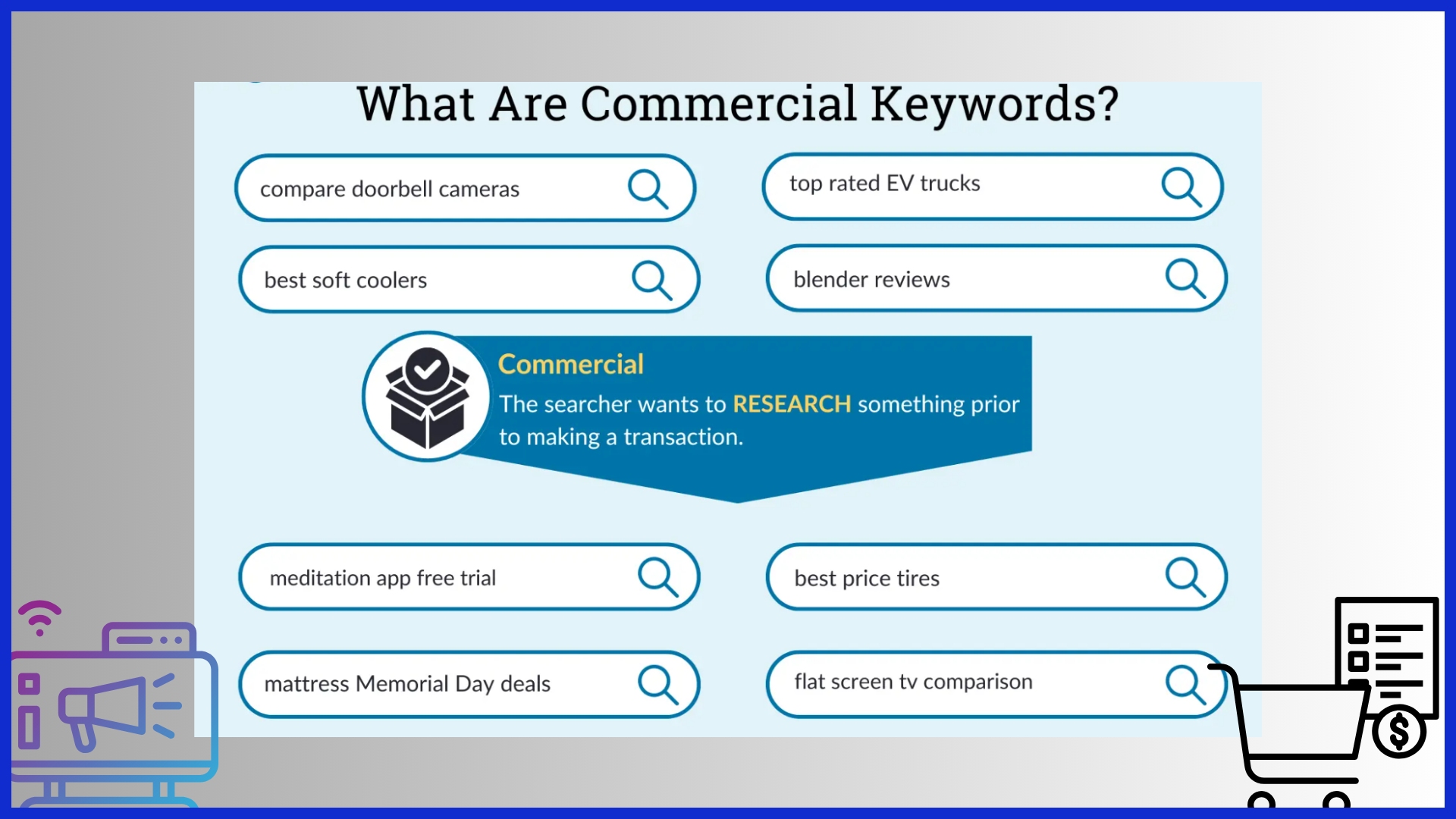
Commercial keywords indicate a prospect is considering options. Phrases like “best email marketing tools 2024,” “compare iPhone models,” or “CRM software near me” mean they’re looking to compare or get advice.
They tend to include keywords such as “best,” “top,” or the name of a given city, state, or region. Content that lists, compares, and ranks their options gives searchers the power to choose what’s best for them.
It softly nudges them down the funnel toward a buying decision.
Transactional: “I’m Ready to Buy!”
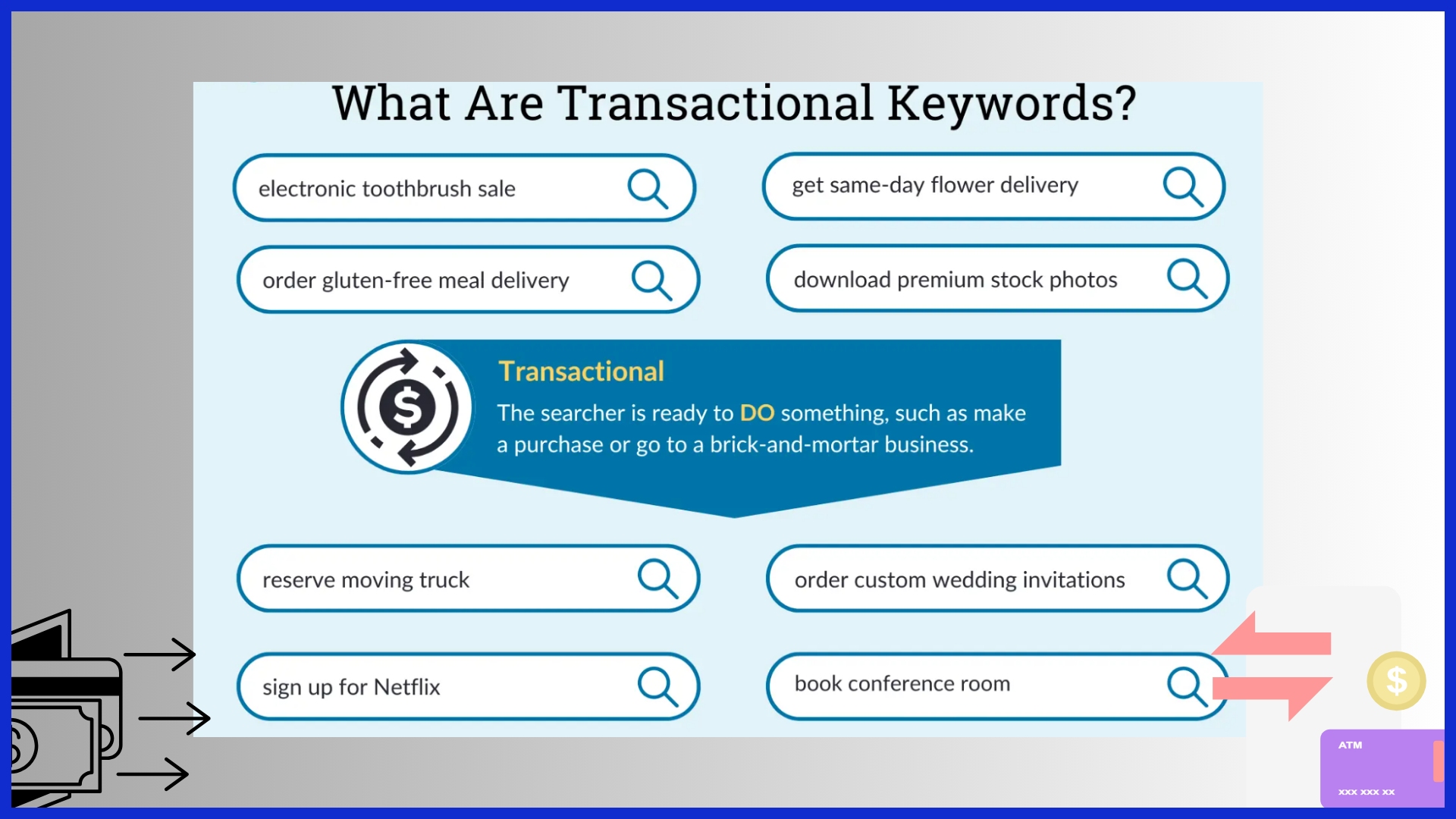
Transactional keywords are the highest intent of them all. Whether it’s “purchase a standing desk,” “KPI.me pricing,” or “order pizza online,” the searcher intends to complete a transaction.
These keywords almost always have words like “buy,” “order,” “coupon,” or “sale” in them. For brands, ranking for these keywords is more often than not a surefire way to generate sales by the click.
Concise CTAs and straightforward checkout journeys maximize conversions. Trust signals, including “money-back guarantee” or “free trial,” close the sale.
Find Your Hidden Gem Keywords
Hidden gem keywords are those that fly under the radar, but can attract the perfect audience to your website. Great keyword research begins with honest conversations with your customers. Their questions, complaints, and reviews reveal the aspects that buyers focus on.
In the process, this L.A.-based local marketing agency found hidden gems. They found that many of their clients often Googled “cheap SEO near me” even though that term had zero search volume in all the other tools.
Listen to Your Customers First
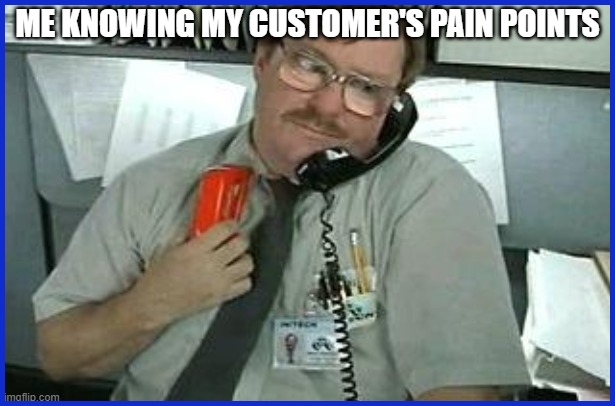
Customer feedback should drive your keyword strategy. Surveys, live chat transcripts, and social media comments reveal consumer desires, pet peeves, and everything in between. It’s a huge missed opportunity that far too many businesses continue to overlook.
Consider how one SaaS platform changed its keywords when customers repeatedly requested “easy-to-read marketing reports.” This simple change resulted in significantly more leads. Listen to your customers’ concerns and their everyday needs—these usually turn into your next keyword hidden gem.
Smart Ways to Use Google
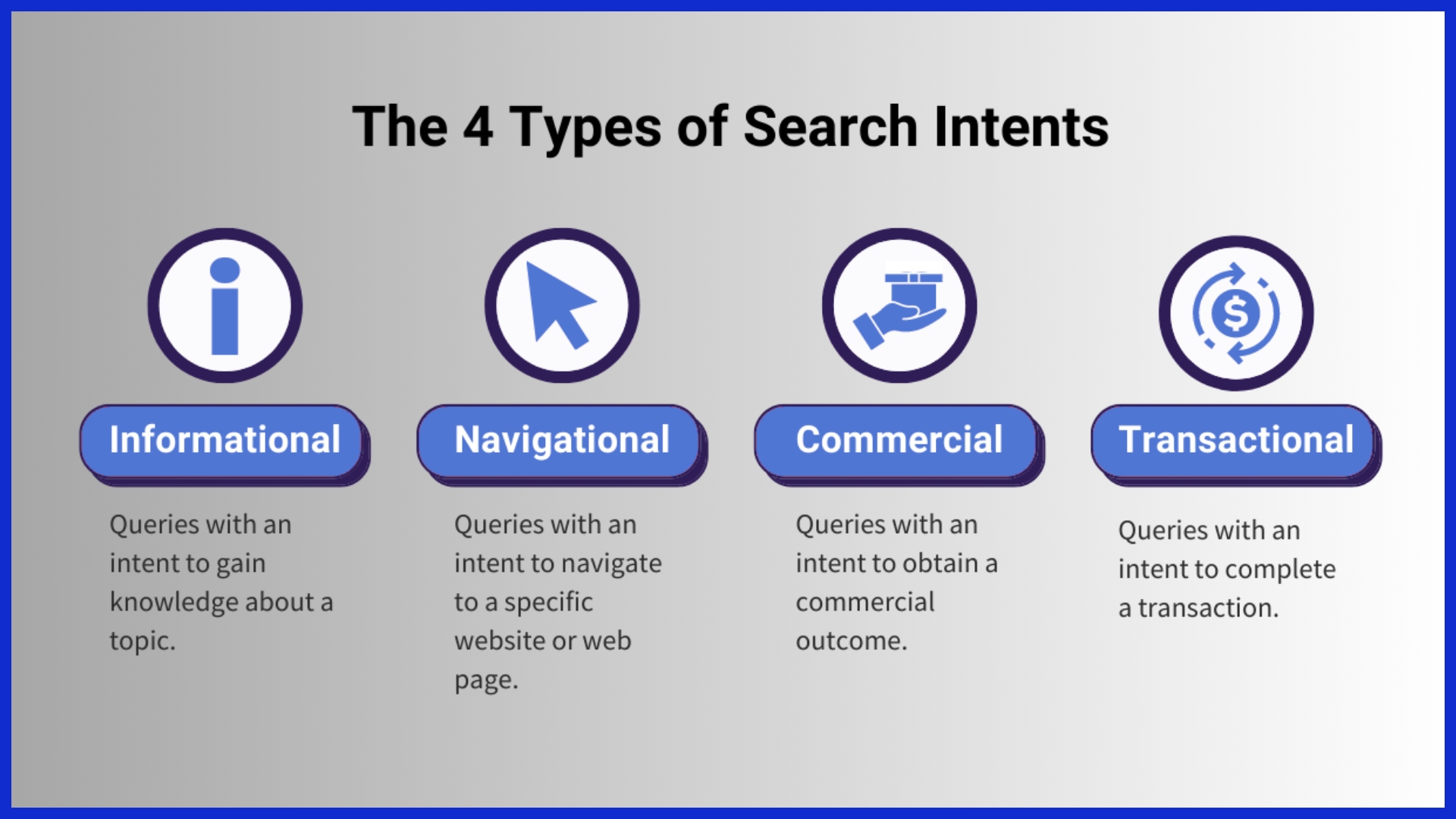
Google is about a lot more than a search box. Autocomplete, Related Searches, and the “People Also Ask” box at the search results page can all trigger fresh concepts. If someone searches for “best reporting tools for agencies,” see what Google recommends.
All of these clues indicate strong search intent. Identify transactional and informational buyer keywords with these tools. Pay particular attention to the ones that have a very specific local angle, such as “report builder Los Angeles.
Power Up with Keyword Tools
Tools such as Google Keyword Planner, SEMRush, and Ahrefs make it easy to identify low-competition, high customer intent keywords. Tools such as Keyword Overview and the Keyword Magic Tool let you see keyword difficulty and search volume at a glance.
Don’t overlook ones with only a handful of clicks per month—these usually have the highest conversion rate.
Exploit Competitor Content Gaps
Exploit competitor content gaps. SEO tools will be able to show you their keyword use gaps. Use these to tell your own story.
If they haven’t covered “custom dashboard export for agencies,” that’s your opening.
Solve Pressing Buyer Problems
Keywords related to buyer pain points, such as ‘simple client reporting’ and ‘personalized marketing dashboard,’ are suitable buyer intent keywords that directly address needs. Solving these issues fosters trust and encourages potential customers to return repeatedly.
Turn Keywords into Sales
Buyer intent keywords provide a pretty good indication that someone is in the market to purchase. These keywords are not just generic search phrases. They illustrate the content that needs to be created and promoted at every step of the buyer’s journey.
Terms such as “purchase,” “offer,” or “discount” indicate that users are further down the funnel and are closer to making a purchase. Addressing these terms, rather than merely going after the most popular keywords, creates a much more effective journey from search to sale.
Write Content That Converts
High-converting content helps those buyers where they are in the buying process. It connects with them on their terms and in a way that directly addresses their questions. Effective CTAs, such as “Buy Now” or “Find a Discount,” provide an obvious call to action.
Targeting informational long-tail keywords, like you might want to do with “best prices on laptops less than $500,” can bring in users who are closer to making a purchase. Organize your content into easily digestible chunks using short paragraphs, bullet points, and bold headings to maintain reader interest.
Persuasive language goes a long way, but plain, honest, direct language goes even further to establish trust. Demonstrate value, display reviews, and lead customers to the purchase.
Optimize Pages for Purchase
Landing pages must align with the buyer’s intent to ensure success. Incorporating suitable buyer intent keywords in product titles and descriptions is essential. Additionally, clear and efficient checkout steps enhance the overall buyer journey.
Positive proofs, such as high-res product images and easy-to-read pricing, significantly boost trust. A/B testing different designs and CTAs can reveal what truly converts, making your marketing strategy more effective.
Product comparisons, widgets, and reviews are instrumental in guiding potential customers further down the sales funnel.
Align Ad Copy with Intent

Ads are most effective when they are a mirror reflection of the search intent. For example, if a user searches “Roman Colosseum tour discount,” the ad should show discounts on those exact tours.
The simpler and upfront your ad copy is, the better your click-through rate will be. Aligning your keywords and ad copy with user intent helps ensure searchers stay on the path to purchase.
Tailor Content to Audiences
Break your audience down by what they’re looking for and where they are in the journey. Conduct keyword research to determine what is most relevant to each audience.
Create content targeting first-time audiences with educational guides and ready-to-buy audiences with product offerings. Personalizing content makes readers feel seen and valued, which can drive higher engagement and sales.
Master Advanced Keyword Strategy
These advanced keyword strategies will take you from mindless keyword research to a bona fide leg up on the digital marketing competition. That buyer intent, fine-tuning your process, and staying on top of your game as the world changes around you.
Mix data analytics and topic modeling with solid research. You’ll develop an advanced keyword strategy that’s both intelligent and durable!
Leverage Long-Tail Keyword Magic
Long-tail keywords are typically three or more words that tend to come into play when searchers have a clear idea of what they want.
So instead of simply searching for “running shoes,” a person may type in “best trail running shoes for flat feet.” These terms have more aligned competition, which makes it easier to rank and connect with buyers who are ready to make a move.
Long-tail keywords allow you to gain traffic early on, even before your primary keywords start to show results. Create content to answer actual queries and pain points to maximize your search engine optimization.
Most importantly, you’ll reach buyers at the moment they’re ready to act!
Score and Prioritize Keywords
Not every keyword is a good use of your time. Scoring keywords just means creating a prioritized list based on relevance, volume, and the difficulty of ranking.
Products such as Google Keyword Planner help you identify what’s currently being searched and how difficult it is to penetrate that space.
Prioritize terms that align with your business objectives, such as “cheap marketing report software for agencies.” To avoid this, keep your list up to date by reviewing it regularly, ensuring you’re constantly operating with the most valuable keyword list possible.
Stay Ahead of Buyer Trends
Buyer intent changes quickly. Stay ahead of buyer trends by monitoring how people search to ensure your keywords remain relevant.
Leverage market studies and data analysis to identify emerging inquiries or requirements. For example, if you notice “AI reporting tools” picking up steam, that’s your cue to shift your content.
Staying ahead of buyer trends is important. Being proactive doesn’t put you in a position of catching up when trends change.
Refine Keywords with Analytics
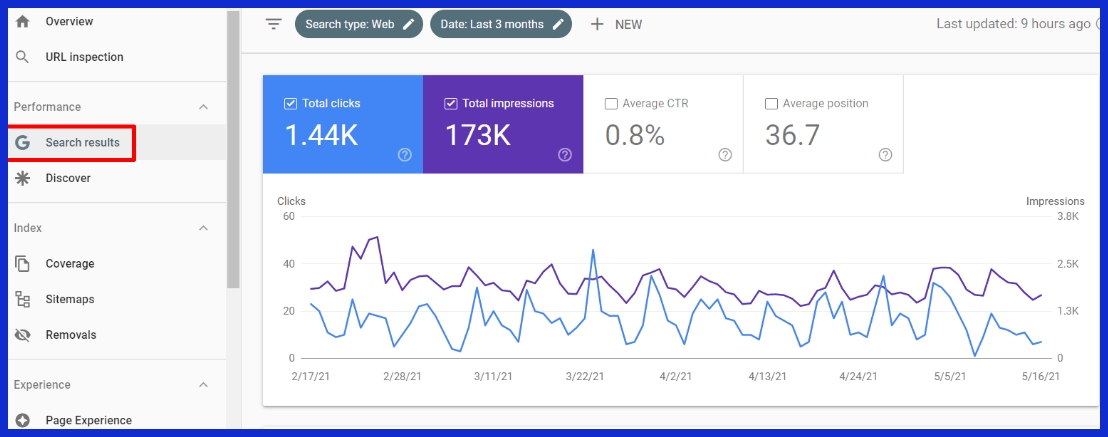
Analytics are your reality check and should be your best friends. These analytics tools are key to learning what’s working and what’s not.
Create proper tracking so you can identify which keywords are driving the most or best clicks or sales. Use analytics to eliminate what’s performing poorly and double down on your biggest winners.
Focusing on keywords that are backed by data helps ensure that your strategy remains honest and effective.
Conclusion
Buyer intent keywords lead the path to tangible returns. These terms indicate what people are looking for and their level of intent to purchase. Get smart with your buyer intent keywords and see those clicks convert into real sales.
Avoid generic terms and focus on terms that attract the right audience. Consider it the market analogy of choosing the ripest fruit—choose the ones that are ready to eat today. Smart agencies and teams are the ones using tools like KPI.me to keep track of and increase performance on what’s working. You don’t have to wonder.
More persuasive data, more targeted strategies, more impactful victories. Looking to get a jump on things? Just focus on the words your buyers are using, and everything else will come together. Test KPI.me today and experience how simple the right report can make your next step.
Frequently Asked Questions
What are buyer intent keywords?
Buyer intent keywords, like ‘buy,’ ‘discount,’ or ‘best price,’ are crucial for understanding searchers’ strong purchase intent, making them essential for effective marketing strategy and successful SEO.
Why are buyer intent keywords important for sales?
For one, they bring very specific buyer intent keywords, focused traffic to your site. People searching these keywords exhibit purchasing intent, increasing your chances of sales and conversions.
How can I identify buyer intent keywords?
Search for relevant buyer intent keywords that include action-oriented terms such as ‘purchase,’ ‘discount,’ ‘buy,’ or ‘compare.’ First, review search queries in platforms like Google Search Console or SEMrush to uncover valuable buyer intent data.
What types of buyer intent keywords exist?
There are three further types of buyer intent keywords, including transactional intent keywords, which often signal the strongest purchasing intent, such as ‘buy now’.
How do I use buyer intent keywords to boost sales?
Incorporate relevant buyer intent keywords organically within your product pages, ads, and meta descriptions. This strategy enhances your ability to reach ready-to-buy customers and significantly boosts your overall conversion rate.
Are buyer intent keywords different from informational keywords?
Yes, buyer intent keywords are all about the sale, focusing on prospective customers who are already looking to make a purchase. Unlike informational keywords, which seek information like ‘how to’ or ‘what is,’ these specific keywords target immediate purchase intent.
What tools can help me find buyer intent keywords?
Run your seed keywords through tools like Google Keyword Planner, Ahrefs, or SEMrush. These keyword research tools provide insight into search volume, competition, and relevant buyer intent keywords to help you better target high-intent search terms.

